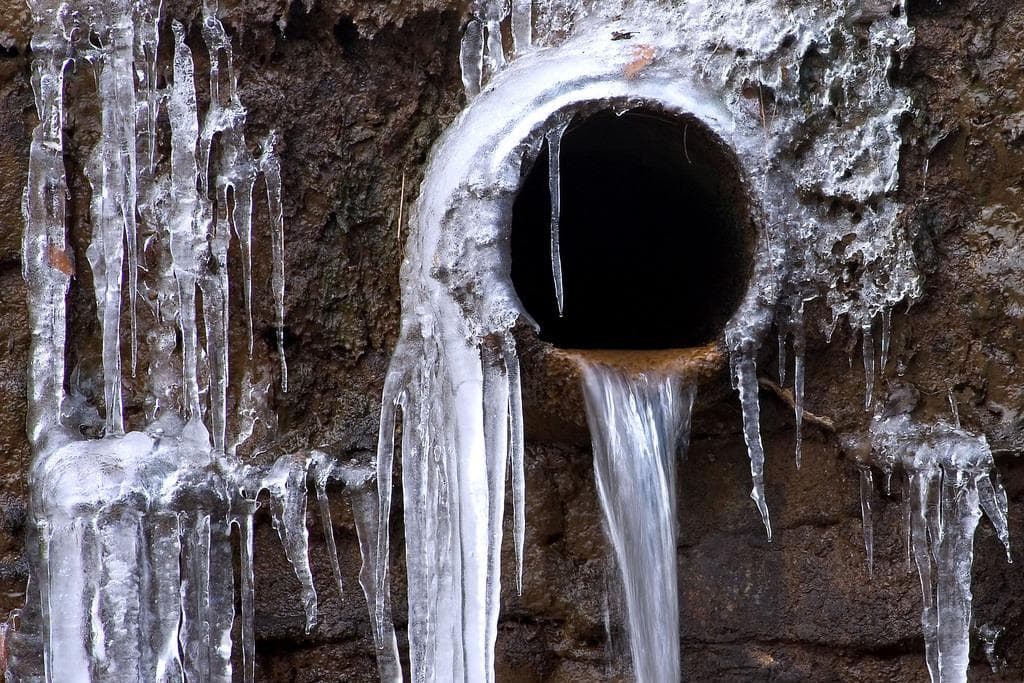Tips for Preventing Frozen Plumbing in Cold Weather: Professional Advice
Tips for Preventing Frozen Plumbing in Cold Weather: Professional Advice
Blog Article
This great article further down about Helpful Tips to Prevent Frozen Pipes this Winter is unquestionably informative. You should look it over.

Winter can wreak havoc on your plumbing, specifically by freezing pipes. Below's exactly how to stop it from occurring and what to do if it does.
Introduction
As temperatures decline, the danger of icy pipelines rises, potentially causing expensive repair services and water damages. Comprehending just how to prevent icy pipes is essential for homeowners in chilly climates.
Comprehending Icy Pipelines
What creates pipes to freeze?
Pipes ice up when subjected to temperature levels below 32 ° F (0 ° C) for prolonged durations. As water inside the pipes ices up, it expands, putting pressure on the pipeline wall surfaces and possibly triggering them to break.
Dangers and problems
Icy pipelines can result in supply of water disturbances, residential or commercial property damage, and costly repairs. Burst pipelines can flood homes and trigger comprehensive structural damages.
Indications of Frozen Pipeline
Recognizing frozen pipes early can prevent them from bursting.
How to recognize icy pipelines
Try to find lowered water flow from faucets, uncommon odors or noises from pipelines, and noticeable frost on subjected pipelines.
Prevention Tips
Shielding prone pipelines
Cover pipes in insulation sleeves or make use of warmth tape to shield them from freezing temperatures. Focus on pipes in unheated or exterior areas of the home.
Home heating techniques
Keep indoor spaces properly heated up, specifically areas with pipes. Open cabinet doors to enable warm air to flow around pipes under sinks.
Securing Exterior Pipes
Yard hose pipes and exterior taps
Separate and drain garden tubes before wintertime. Install frost-proof spigots or cover outdoor faucets with shielded caps.
What to Do If Your Pipelines Freeze
Immediate actions to take
If you presume icy pipelines, maintain faucets open to eliminate stress as the ice thaws. Use a hairdryer or towels soaked in warm water to thaw pipelines gradually.
Long-Term Solutions
Architectural modifications
Think about rerouting pipes away from exterior wall surfaces or unheated locations. Include extra insulation to attics, basements, and crawl spaces.
Upgrading insulation
Buy premium insulation for pipelines, attic rooms, and wall surfaces. Appropriate insulation helps keep regular temperature levels and minimizes the risk of icy pipes.
Verdict
Preventing icy pipelines calls for proactive actions and fast feedbacks. By recognizing the causes, signs, and safety nets, house owners can protect their plumbing during winter.
5 Ways to Prevent Frozen Pipes
Drain Outdoor Faucets and Disconnect Hoses
First, close the shut-off valve that controls the flow of water in the pipe to your outdoor faucet. Then, head outside to disconnect and drain your hose and open the outdoor faucet to allow the water to completely drain out of the line. Turn off the faucet when done. Finally, head back to the shut-off valve and drain the remaining water inside the pipe into a bucket or container. Additionally, if you have a home irrigation system, you should consider hiring an expert to clear the system of water each year.
Insulate Pipes
One of the best and most cost-effective methods for preventing frozen water pipes is to wrap your pipes with insulation. This is especially important for areas in your home that aren’t exposed to heat, such as an attic. We suggest using foam sleeves, which can typically be found at your local hardware store.
Keep Heat Running at 65
Your pipes are located inside your walls, and the temperature there is much colder than the rest of the house. To prevent your pipes from freezing, The Insurance Information Institute suggests that you keep your home heated to at least 65 degrees, even when traveling. You may want to invest in smart devices that can keep an eye on the temperature in your home while you’re away.
Leave Water Dripping
Moving water — even a small trickle — can prevent ice from forming inside your pipes. When freezing temps are imminent, start a drip of water from all faucets that serve exposed pipes. Leaving a few faucets running will also help relieve pressure inside the pipes and help prevent a rupture if the water inside freezes.
Open Cupboard Doors
Warm your kitchen and bathroom pipes by opening cupboards and vanities. You should also leave your interior doors ajar to help warm air circulate evenly throughout your home.

I hope you enjoyed our topic on Helpful Tips to Prevent Frozen Pipes this Winter. Thank you so much for taking the time to read our short article. Are you aware of another person who is intrigued by the topic? Why not share it. We appreciate your readership.
Book Your Appointment Report this page